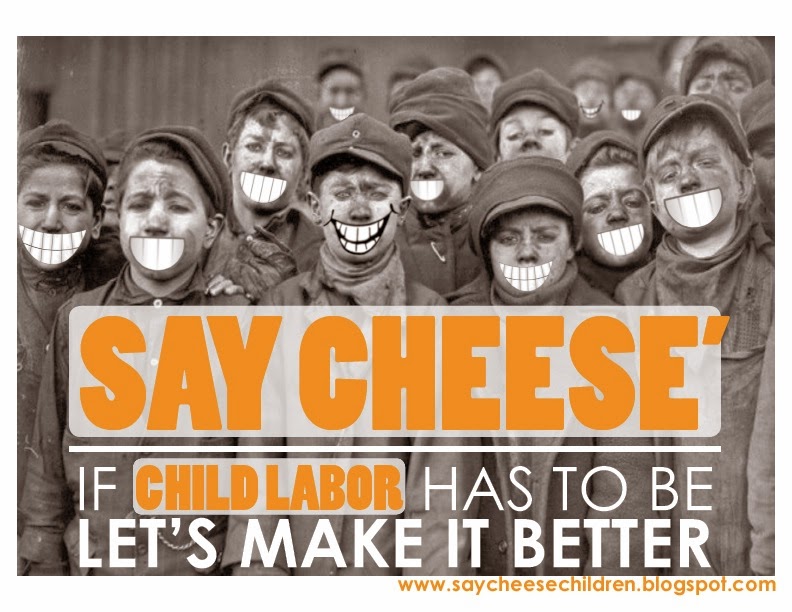Child labor is defined by the International Labour Organization as work that is mentally,
physically, socially or morally dangerous and harmful to children. In addition, child labor
interferes with their schooling by depriving them of the opportunity to attend school or causes
them to prematurely leave school or requires them to combine school attendance with
excessively long and heavy work hours (ILO-IPEC, 2013).
One hundred sixty-eight million children are currently engaged in child labor, a decline
from 246 million child laborers in 2000, and more than half, 85 million, perform hazardous
work. The number of girls engaged in child labor declined by 40% over the past decade
compared to 25% decline for boys. (down from 171 million in 2000). The distribution of child
laborers are as follows: Asia and the Pacific has the largest numbers of almost 78 million or
9.3% of world child population, Sub-Saharan Africa continues to have the highest incidence
of 59 million or 21%, Latin America has 13 million or 8.8%, and the Caribbean, Middle East,
and North Africa have 9.2 million or 8.4%. Child laborers mostly perform agriculture work (98
million, or 59%) with fewer engaged in the service (54 million) and manufacturing industries (12
million) (ILO-IPEC, 2013).
Many of the fruits and vegetables, goods and products that we purchase, consume are from child labor. Bananas from Ecuador, cotton from Egypt and Benin, cut flowers from Colombia, oranges from Brazil, carpets from India, Pakistan, and Egypt, clothing from Bangladesh, footwear from India and the Philippines, soccer balls from Pakistan, glass and bricks from India, fireworks from China, the Dominican Republic, El Salvador, Guatemala, India, and Peru, and surgical instruments from Pakistan, and so on...
Also, child labor is an important social justice issue that must be addressed but is often misunderstood. Child labor is usually viewed as being wholly undesirable and the abolition of which receives strong support, especially in wealthy nations where most children do not have to work. It is true that many child workers are unable to receive an education and are put into unacceptable conditions or dangerous situations, however, it is necessary to separate that aspect of child labor from that of the opportunistic aspect to earn a wage in impoverished countries. We hope to effectively illustrate the delicacy of the child labor issue and portray a realistic and beneficial outlook in addressing the issue.
physically, socially or morally dangerous and harmful to children. In addition, child labor
interferes with their schooling by depriving them of the opportunity to attend school or causes
them to prematurely leave school or requires them to combine school attendance with
excessively long and heavy work hours (ILO-IPEC, 2013).
One hundred sixty-eight million children are currently engaged in child labor, a decline
from 246 million child laborers in 2000, and more than half, 85 million, perform hazardous
work. The number of girls engaged in child labor declined by 40% over the past decade
compared to 25% decline for boys. (down from 171 million in 2000). The distribution of child
laborers are as follows: Asia and the Pacific has the largest numbers of almost 78 million or
9.3% of world child population, Sub-Saharan Africa continues to have the highest incidence
of 59 million or 21%, Latin America has 13 million or 8.8%, and the Caribbean, Middle East,
and North Africa have 9.2 million or 8.4%. Child laborers mostly perform agriculture work (98
million, or 59%) with fewer engaged in the service (54 million) and manufacturing industries (12
million) (ILO-IPEC, 2013).
Many of the fruits and vegetables, goods and products that we purchase, consume are from child labor. Bananas from Ecuador, cotton from Egypt and Benin, cut flowers from Colombia, oranges from Brazil, carpets from India, Pakistan, and Egypt, clothing from Bangladesh, footwear from India and the Philippines, soccer balls from Pakistan, glass and bricks from India, fireworks from China, the Dominican Republic, El Salvador, Guatemala, India, and Peru, and surgical instruments from Pakistan, and so on...
Also, child labor is an important social justice issue that must be addressed but is often misunderstood. Child labor is usually viewed as being wholly undesirable and the abolition of which receives strong support, especially in wealthy nations where most children do not have to work. It is true that many child workers are unable to receive an education and are put into unacceptable conditions or dangerous situations, however, it is necessary to separate that aspect of child labor from that of the opportunistic aspect to earn a wage in impoverished countries. We hope to effectively illustrate the delicacy of the child labor issue and portray a realistic and beneficial outlook in addressing the issue.
